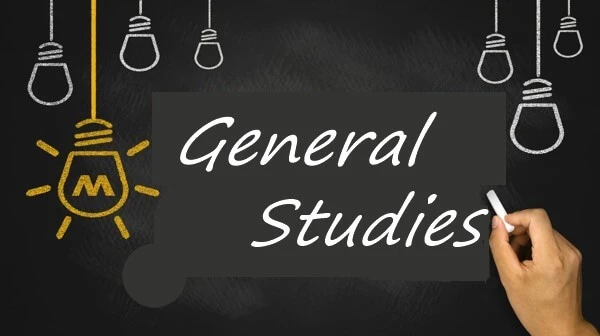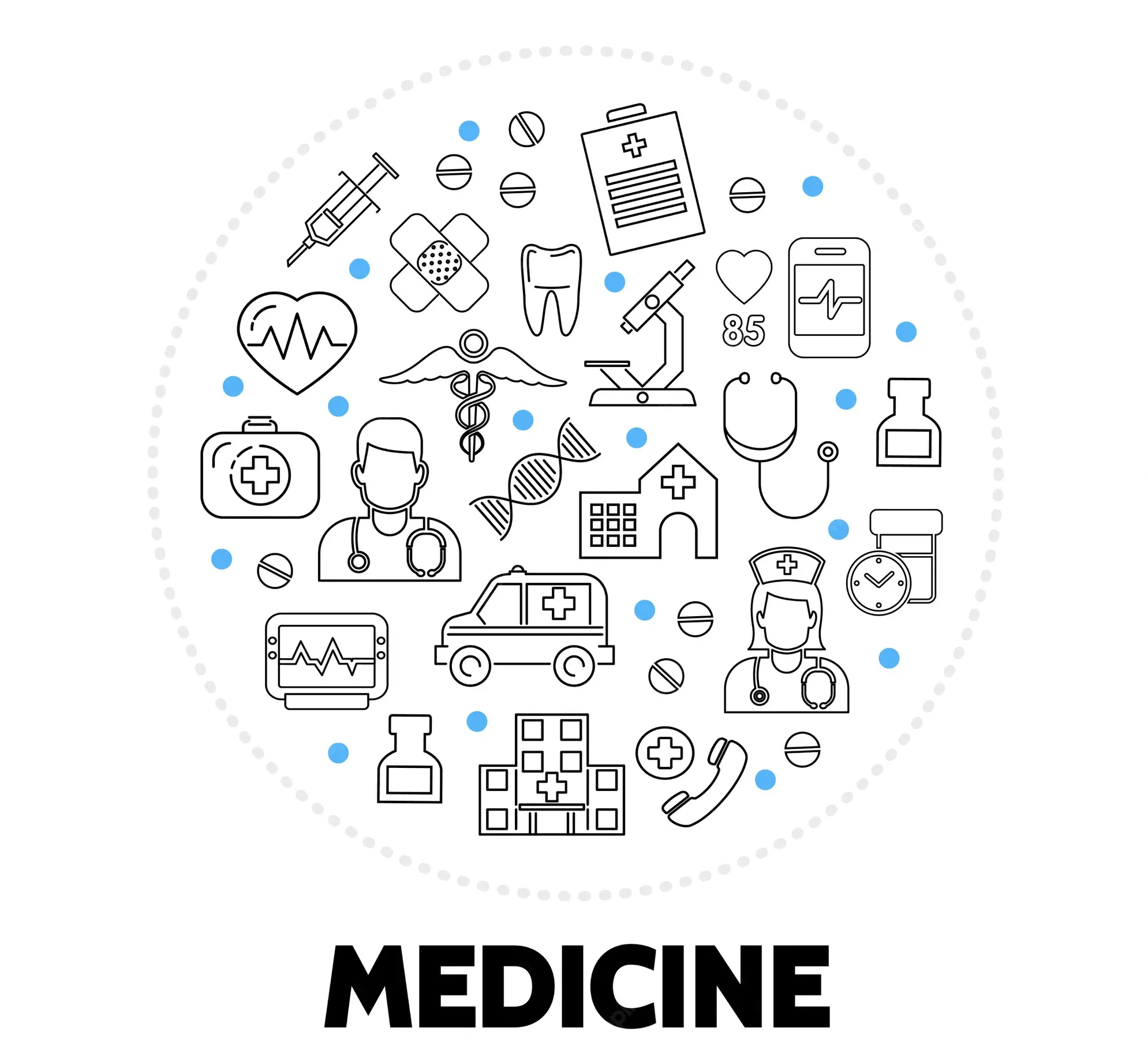Chemistry Books
Author: FO Ayinde, FOI Asubiojo
School: WAEC, JAMB & POST UTME
Department:
Course Code: CHEMISTRY
Topics: Chemistry, matter, atomic structure, periodicity, chemical bonding, descriptive chemistry, stochiometry, kinetic theory, energetics, chemical kinetics, chemical equilibrium, acid, base, salt, electrochemistry, nuclear chemistry, organic chemistry, IUPAC Nomenclature, hydrocarbons, organic families, organic giant molecules, industrial chemistry, environmental chemistry, experimental chemistry, Lamlad
chemistry of biochemistry - lipid chemistry lecture
Author: E ikpeazu
School: University of Nigeria, Nsukka
Department: Medical, Pharmaceutical and Health science
Course Code: BIC202
Topics: CLASSIFICATION OF LIPIDS, fatty acids, formation of triglycerides, phospholipids, GLYCEROPHOSPHOLIPIDS
Author: John Olusina Obimakinde, Samuel Oluwaseun Obimakinde
School: WAEC, JAMB & POST UTME
Department:
Course Code: CHEMISTRY
Topics: Chemistry Calculations, Masses and Formulae, Relative Atomic and Molecular Masses, Mass Percentage Composition, Valency, Chemical Formula, Empirical and Molecular Formulae, Reduced Mass, Chemical Reaction, Stoichiometry, Mole, Chemical Equations, Reaction Stoichiometry, Chemical Laws, Redox Reactions, IUPAC Nomenclature, Oxidation Number, Redox Equations, IUPAC Nomenclature of Inorganic Substances, Atomic Structure, Chemical Bonding, Dalton’s Atomic Theory, Wave-Particle Duality of Matter, Uncertainty Principle, Ionization Energy, Ionic Bond, Lattice Energy, Covalent Bond, Heat of Reaction, Dipole Moment, Formal Charge, The Gaseous State, Gas Pressure, Gas Laws, Critical Constants of Gases and Equations of State for Real Gases, Reduced State Properties, Gas Density, Gas Stoichiometry, Molar Volume of Gases, Relative Vapour Density, Gas diffusion, Mole Fraction, Kinetic Theory of Gases, The Solid and Liquid States, Vapour Pressure, Change of State, Density of Solids, X-Ray Crystallography, Determination of Viscosity of Liquids from Stokes’ Law, Surface Tension, Properties of Solutions, Concentration, Molality, Solubility, Solubility Product, Colligative Properties of Solutions, Conductance of Solutions, Quantitative Analysis, Volumetric Analysis, Gravimetric Analysis, Thermodynamics, Calorimetry, Heat (Enthalpy Change) of Physical Change, Heat (Enthalpy Change) of Reaction, Heat Capacities of Gases, Thermodynamics of Solutions, The First Law of Thermodynamics, The Second Law of Thermodynamics, Efficiency, Electrochemistry, Electrochemical Cells, Electrolysis, Chemical Equilibria, Le Chatelier’s Principle, Position of Equilibrium, Equilibrium Constant, Reaction Quotient, Acid-Base Equilibria, Acid Ionization Constants, Base Ionization Constants, Water Autoionization Constant, Hydrogen Ion Concentration, Buffer Solutions, Salts, Chemical Kinetics, Rates of Reactions, Rate Law, Nuclear Chemistry, Radioactivity, Nuclear Reactions
Shriver & Atkin's inorganic chemistry
Author: Peter Atkins, Tina Overton, Jonathan Rourke, Mark weller, Fraser Armstrong, Michael Hagerman
School: University of Ibadan
Department: Science and Technology
Course Code: CHE126
Topics: Inorganic chemistry, atomic structure, atomic orbitals, molecular structure, bonding, Lewis structure, valence bond theory, Molecular orbital theory, ionic solids, ionic bonding, semiconduction, acid, base, Brønsted acidity, Lewis acidity, oxidation, reduction, reduction potentials, redox stability, Molecular symmetry, isomerism, coordination compounds, chirality, spectroscopy, chemical analysis, Magnetometry, periodic trends, Group 1 elements, Group 2 elements, hydrogen, Group 13 elements, Group 15 elements, Group 14 elements, Group 16 elements, d-Block elements, Representative compounds, Electronic spectra, Magnetism, Coordination chemistry, Ligand substitution reactions, Ligand substitution, Redox reactions, Photochemical reactions, Lanthanoid chemistry, Actinoid chemistry, ligands, Solid-state chemistry, materials chemistry, Metal oxides, nitrides, fluorides, Chalcogenides, intercalation compounds, Hydrides, inorganic pigments, Semiconductor chemistry, Molecular materials, fullerides, catalysis, Homogeneous catalysis, Heterogeneous catalysis, Hybrid catalysis, Characterization, fabrication, Nanomaterials, nanoscience, nanotechnology, Self-assembled nanostructures, Bioinorganic nanomaterials, Biological inorganic chemistry, Catalytic processes, Biological cycles, Chelation therapy, nitrogen cycle, hydrogen cycle, acid-base catalysis, Tethered catalysts, Electrocatalysis, Alkene polymerization, Ammonia synthesis, Hydroformylation, Alkene metathesis
Foundation chemistry Access chemistry
Author: AO Oyewale, FM Folarinmi
School: National Open University of Nigeria
Department: Science and Technology
Course Code: CHM001
Topics: elements, compounds, atomic theory, chemical reaction, atom constituents, chemical symbols, chemical formulae, chemical reactions, chemical equations, electronic configuration, atomic number, mass numbers, nuclear atom, electronic, energy levels, Ion formations, nuclear reactions, radioactivity, nuclear radiations, nuclear fusion, nuclear fission, radioactivity hazards, chemical bonding, electrovalent bonding, Ionic bonding, electrovalent compounds, covalent bonding, covalent compounds, coordinate covalent bonding, dative covalent bonding, metallic bonding, intermolecular bonding, Van der Waal's forces, dipole-dipole attractions, hydrogen bonding, periodic table, periodic law, transition elements, atomic orbital model, principal quantum number, subsidiary quantum number, azimuthal quantum number, magnetic quantum number, spin quantum number, atomic orbital shape, atomic size, ionic radius, ionization energy, electron affinity, electronegativity, mole concept, melting, vaporization, boiling point, evaporation sublimation, heating graphs, cooling graphs, Boyle's law, Charles's law, Avogadro's law, boiling, solid classification, solid properties, molecular solid, metallic solid, Ionic solid, covalent solid, energy changes, heat content, heat of reaction, exothermic reactions, energy level diagrams, standard state, thermochemical equations, entropy, entropy change, free energy, chemical kinetic, rate of a chemical reaction, temperature, gas pressure, catalyst, activation, reaction rate, collision theory, Le Chatelier's principle, Haber process, contact process, salt hydrolysis, buffer solutions, common Ion effect, solubility product, Acid bases, salt, electrolysis, redox reactions, electrolytic conduction, oxidation, reduction, copper purification, electroplating, quantitative hydrolysis, metal corrosion, iron rusting, carbon, carbon allotropes, Diamond graphite, amorphous carbon, combustion reactions, industrial gas chemistry, metals, alloys, chemical industry, heavy chemicals, fine chemicals, fertilizers, plastics, soaps, detergents, pharmaceuticals, Nigerian chemical industry, aromatic compounds, Alicyclic compound, heterocyclic compound, homologous series, functional groups, isomerism, structural isomerism, geometric isomerism, IUPAC Nomenclature of organic compounds, purification methods, distillation, crystallization, chromatography, empirical formula, molecular formular, alkanes, natural gas, petroleum crude oil, benzene, fractional distillation petrol quality, cracking, isomerization, petrochemicals, alkanols, alkanoic acid, alkenoate, fat, oils, amino acid, polymer chemistry, polymerization processes, condensation polymerization, resins, natural polymers, carbohydrates, proteins, synthetic polymers, water pollution
Author: Biochemistry
School: University of Nigeria, Nsukka
Department: Medical, Pharmaceutical and Health science
Course Code: BIC202
Topics: Lactate ion, Henderson-Hasselbalch equation, phosphate buffer system, methionine, thiol ether, pyrrolidine
Chemistry of Biomolecules & Biocatalysis 2
Author: Biochemistry
School: University of Nigeria, Nsukka
Department: Medical, Pharmaceutical and Health science
Course Code: BIC
Topics: Polysaccharides (Glycans), glycosidic bonds, chondroitin sulfate, heparin, keratan sulfate, dermatan sulfate, Amylose and Amylopectin, alpha-amylase, homopolysaccharide
Author: Theodore Brown, Eugene LeMay, Bruce Bursten, Catherine Murphy, Patrick Woodward, Matthew Stoltzfus
School: Federal University of Agriculture, Abeokuta
Department: Science and Technology
Course Code: CHM101
Topics: matter, energy, atom, molecule, ion, chemical reaction, Reaction Stoichiometry, thermochemistry, electronic structure, chemical bonding, molecular geometry, bonding theorues, gases, liquid intermolecular forces, solids, solutions, chemical kinetics, Chemical Equilibrium, Acid–Base Equilibria, Aqueous Equilibria, chemical thermodynamics, electrochemistry, nuclea chemistry, transition metals, coordination chemistry, organic chemistry, biological chemistry, chemistry of life
Solution to Exercise Chemistry the central science ,12th edition
Author: Roxy Wilson
School: Federal University of Agriculture, Abeokuta
Department: Science and Technology
Course Code: CHM101
Topics: matter, energy, atom, molecule, ion, chemical reaction, Reaction Stoichiometry, thermochemistry, electronic structure, chemical bonding, molecular geometry, bonding theories, gases, liquid intermolecular forces, solids, solutions, chemical kinetics, Chemical Equilibrium, Acid–Base Equilibria, Aqueous Equilibria, chemical thermodynamics, electrochemistry, nuclea chemistry, transition metals, coordination chemistry, organic chemistry, biological chemistry, chemistry of life
Principles of Soil Chemistry, 4th Edition
Author: Kim Tan
School: National Open University of Nigeria
Department: Agriculture and Veterinary Medicine
Course Code: SLM301
Topics: Soil Chemistry, analytical chemistry, geochemistry, Particle Accelerators, Synchrotrons, Stanford Linear Accelerator, Continuous Electron Beam Accelerator, Fermi National Laboratory Accelerator, Brookhaven Realistic Heavy Ion Collider, quarks, leptons, Atomic Numbers, Avogadro’s Number, atomic orbitals, Acid–Base Titrations, Precipitation, Complex Reactions, Chemical Units, Molarity, Molality, Radioactivity, isotopes, mole fractions, Soil Composition, Electrochemical Potentials, carbon dating, Electrochemical Cells, Nernst Equation, Electron Activity, chemical potential, membrane potential, Soil Gas, Oxygen Revolution, soil aeration, soil aerification, Soil Air Quality, Hydrotropism, Hypoxia, soil water chemistry, Oxygen Demand of Water, Total Soil Water Potential, Matric Potential, Pressure Potential, Osmotic Potential, Gravitational Potential, Plant–Soil–Water Energy Relation, water dissociation, Colloidal Chemistry, Colloidal System, soil humus, Carbohydrates, Amino Acids, Peptides, Proteins, Nucleic Acids, lipids, Lignins, humic matter, Electron Microscopy, Clay Minerals, Surface Potential, Electric Double Layer, Helmholtz Double-Layer Theory, Gouy–Chapman Double-Layer Theory, Adsorption Isotherms, soil adsorption, water adsorption, Cation Exchange, Cation Exchange Reactions, Cation Exchange Capacity, Langmuir–Vageler Equation, Mono-Divalent Cation Exchange Reaction, Mono-Monovalent Cation Exchange Reaction, Anion Exchange, Phosphate Retention, Phosphate fixation, Phosphate Potential, Soil Reaction, Acid–Base Chemistry, Weathering, Coordination Theory, Complex Formation, chelation, Metal–Organic Complex Reactions, Clay–Organic Compound Complexes
Departments

Administration, Social and Management science

Agriculture and Veterinary Medicine

Arts and Humanities

Education

Engineering

General studies

Law

Medical, Pharmaceutical and Health science

Science and Technology